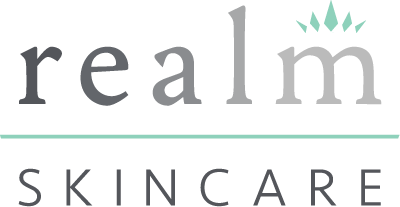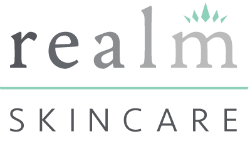ACNE 101
What is Acne?
Acne is a common and frustrating skin ailment that usually affects adolescents or teenagers. It occurs when hair follicles get clogged with oil and dead skin cells. Acne triggers on face, and then may also spread to the upper part of the chest, upper arms, back and bottom.
Some people may experience the severe form of this disorder a little later than adolescence and in some rare cases it may continue up the age of forty. Acne can be very distressing and annoying due to their persistent nature and cause emotional distress to the victims. If not treated properly, they cause visible scars and blemishes on affected skin.
What are the symptoms of this condition?
Acne typically surface on those parts of the skin that have the biggest number of functional oil glands – these include face, neck, upper chest, back and shoulders. They may be in form of inflammatory of non-inflammatory lesions. Signs and symptoms include:
- Blackheads – These are black spots with size of a pinhead and are open on your skin surface. Being superficial in nature they do not leave scars after disappearing.
- Whiteheads – Also called pustules or pimples, these are most common lesions and generally the first that people get. These do not turn black as they are not open to air. They are red and tender bumps with white pus filled inside them.
- Papules – With their tiny raised bumps papules are inflammatory lesions. They too are red and tender, and are sign of infection in the hair follicles.
- Deep acne and cysts – In this form, acne become painful lumps beneath the skin surface and are filled with pus. They have a tendency to cause scars. Also, if deep acne burst they release the pus that can produce more lesions.
What causes acne?
Acne occur when the over activity of sebaceous glands causes them to produce more than normal amounts of sebum (oil). The extra sebum can block follicles and cause the growth of bacteria.
Hormones that are activated during puberty trigger sebaceous glands to produce more sebum. Androgens, the male hormones have stronger effects on oil glands. Hormones in certain birth control pills may also cause acne flare-ups. Menstrual cycle can trigger the growth of acne in women. Tendency to get acne may also run in the family.
Overuse of cosmetics, friction from clothes and exposure of skin to extreme temperatures can become another cause of acne.
 USD
USD EUR
EUR
 GBP
GBP


